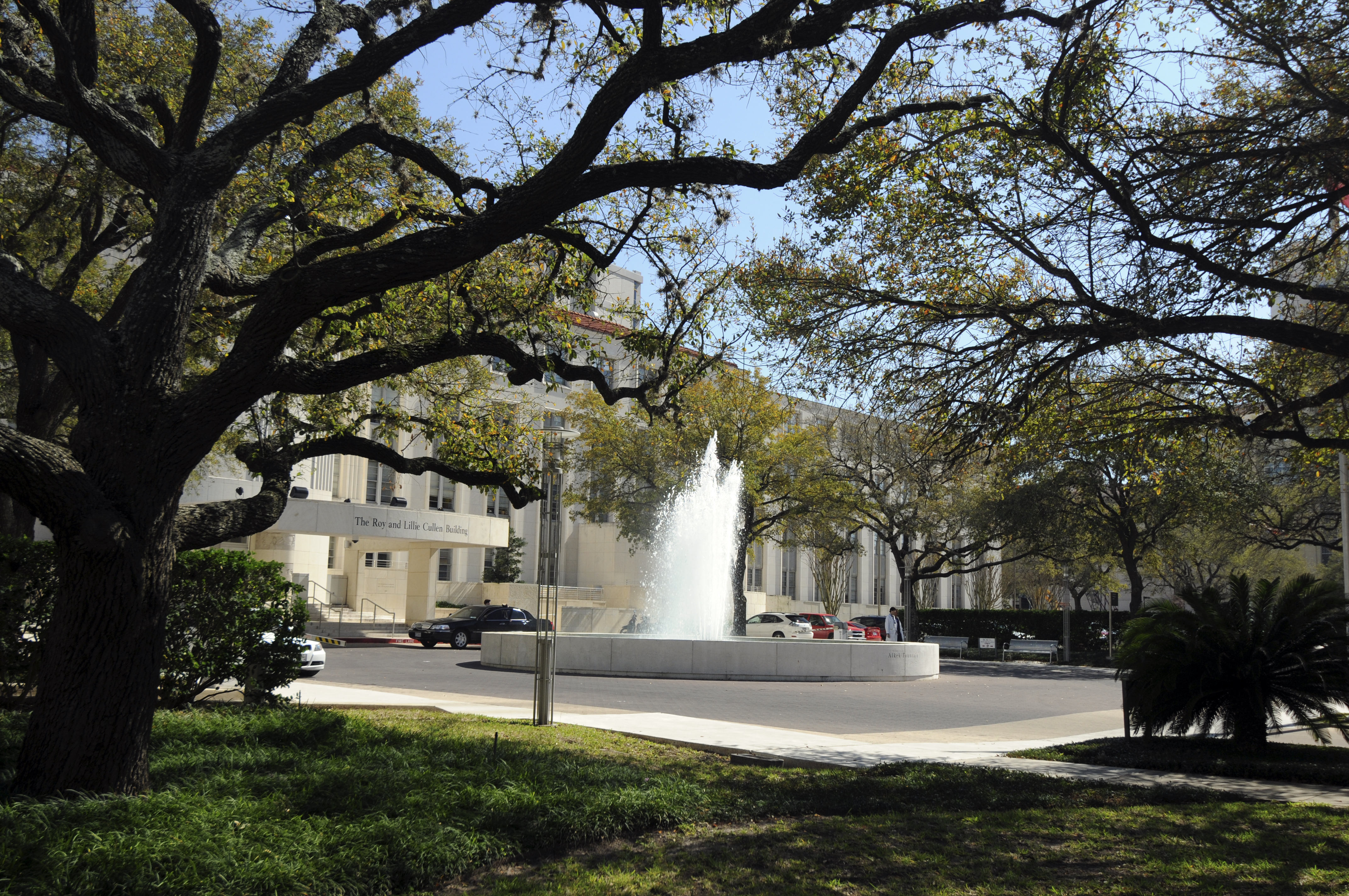Australia’s peak cruise industry organisations, CLIA Australasia, and the Australian Cruise Association (ACA) today released a study highlighting the economic loss to Australia following the suspension of cruising. This is the text of their joint media release.
The Australian economy and communities around the country have lost almost $2 billion while cruise operations are suspended because of the global pandemic, with new figures highlighting the massive economic impact and jobs at risk while ships are forced to remain at anchor.
CLIA Australasia Managing Director Joel Katz said the industry’s latest annual Economic Impact Assessment highlighted the pandemic’s impact on the $5.2 billion annual economic contribution and 18,000 jobs that the cruise industry supports in Australia in usual times.
The report, commissioned by Cruise Lines International Association (CLIA) and the Australian Cruise Association (ACA), shows about $500 million was lost from March, when cruise ships stopped sailing, to July this year alone.
“By the end of December this will have risen to a massive $2 billion loss, given the ongoing pause in operations during the traditional summer peak cruise season, with another $3 billion at risk across the economy if the cruise suspension continues into 2021,” Mr Katz said.
“It is no secret the sector has been devastated by COVID-19, but the impact is also being felt by the many thousands of small businesses, especially in regional communities, that rely on a thriving cruise industry. This includes travel agents, fresh food suppliers, tour operators, hotels, bus companies, baggage handlers, Aussie entertainers, and the thousands of other businesses across the country which rely on the cruise industry.”
ACA CEO Jill Abel said the 2019-20 report, commissioned from AEC group, also highlighted the impact of lost visitation from the more than 1,000 cruise ship visits made around Australia each year, particularly to ports and destinations crying out for more visitors to support their economic recovery.
“More than 2.9 million passenger visit days were recorded to 42 different ports around Australia in 2019-20, bringing economic benefit to some of the furthest regions of the country,” Ms Abel said. “Passenger spending in destinations around Australia alone totals more than $1.1 billion, while cruise lines spend more than $1.0 billion in Australia over a year.
“Thousands of Australian businesses are supported by this spending in destinations around the country and many are under threat while operations are suspended,” she said.
CLIA has presented a comprehensive plan to government to support a carefully controlled resumption of domestic cruise operations in Australia, with strict health protocols in place.
“Australia’s success in stemming COVID-19 creates the opportunity for governments to confirm a pathway towards cruising’s revival – one that offers local cruises for locals only, while international borders remain closed, and supports an economic recovery,” Mr Katz said.
Globally, CLIA cruise lines have committed to extensive new health protocols and 100% testing of passengers and crew, which have already allowed a carefully controlled resumption in other parts of the world.
Other impacts highlighted by the latest report include:
- NSW stands to lose the greatest share of economic benefit from cruising, having received $2.9 billion in direct and indirect economic output in 2019-20, and 9,389 jobs.
- At risk among other states is Queensland’s $832 million in direct and indirect economic output, and 2658 jobs, followed by Victoria ($381 million and 1,108 jobs), Western Australia ($262 million), South Australia ($122 million), Tasmania ($104 million) and the Northern Territory ($84 million).
- The accommodation sector will be one of the largest losers from the ongoing suspension of cruise tourism, having received $367 million from passenger spending followed by the food and beverage sector which accounted for almost $227 million of passenger spend.
- At the start or end of a cruise (home port), international visitors spent an average $549 each per day, compared to domestic travellers’ $436 each per day. In a transit port, international visitors spent an average of $237 each per day on shore, while domestic travellers spent $171 each per day.
For an infographic, click here






